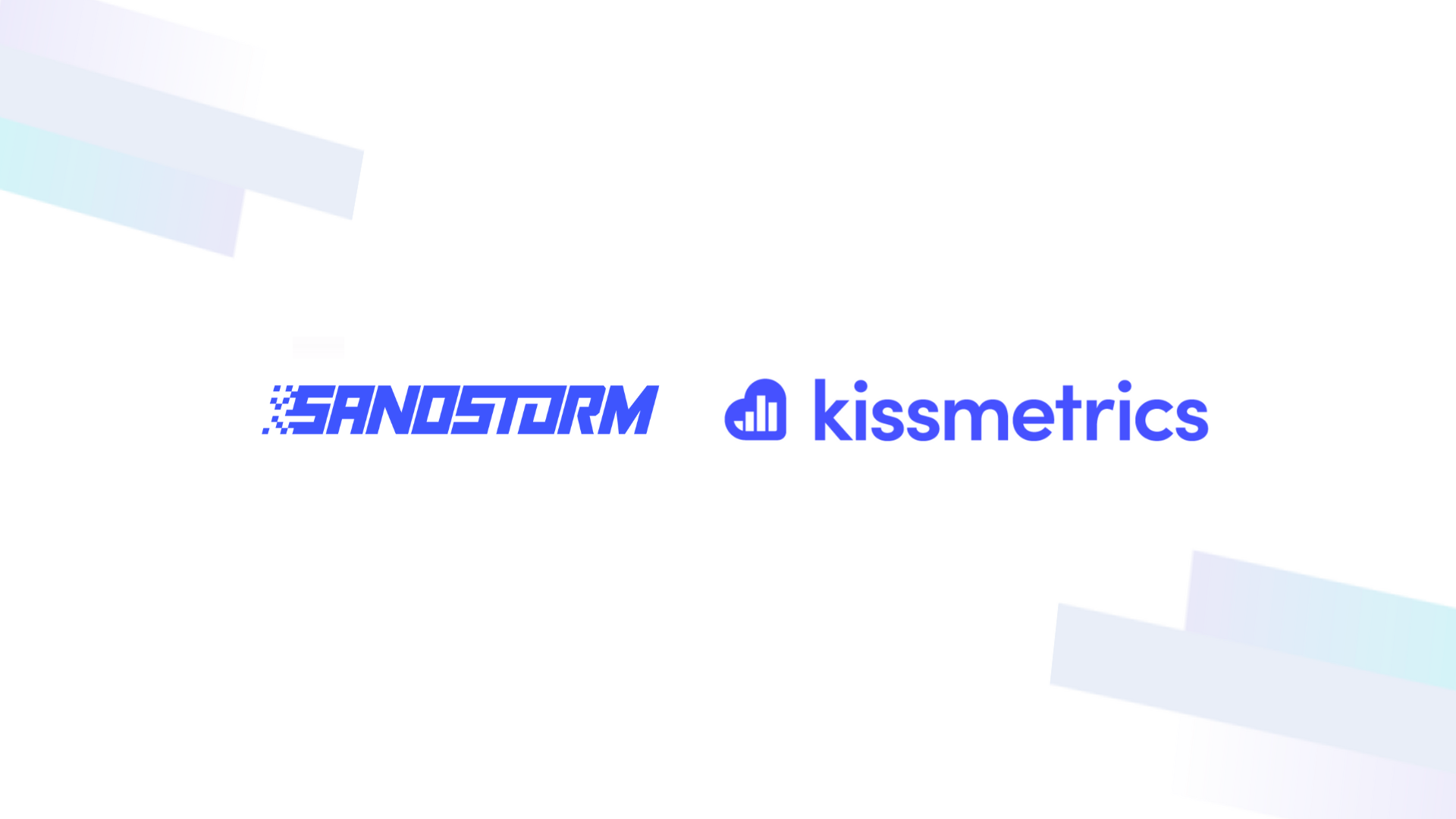
How to Conduct a Thorough Customer Behavior Analysis
Do you wish you could predict trends, retain customers, and understand your competition?
Those are lofty goals for any business, but a customer behavior analysis can help you achieve all of these and increase your customer engagement.
The question is, how do you conduct a thorough customer behavior analysis that will help you take your business to the next level?
It’s simple – and this guide will tell you how.
Identify Segments
Start by reviewing your customer segments.
This means understanding your customers:
Demographics – age, gender, income, education level, etc.
Product use – how they use your product/brand
Objections and barriers – the factors that determine their decision to buy or not buy
You may also want to take another look at your buyer personas, and either revise them or create a new buyer persona.
Gather Data
Now it is time to gather your data. There are two types of data you will be handling: quantitative data and qualitative data.
Quantitative data is data that can be counted or measured in numerical terms. Quantitative data may include information such as revenue, conversion rates, website page load speed, website visits, and the number of support tickets raised by a customer.
Qualitative data can often give you the reason behind a customer’s actions – often in their own words. Unlike quantitative data, it is non-numeric. Instead, qualitative data is categorical.
Qualitative data can include direct customer feedback, such as customer survey results. Qualitative data can also come from focus groups or case studies.
Both types of data have their advantages and disadvantages, so you should aim to collect both types of data.
Quantitative data can collect large amounts of data quickly, but it is limited to numbers.
Qualitative data allows for the opportunity to probe deeper. However, collecting it can be time-consuming.
Evaluate Data
Now it is time to evaluate your data and identify patterns. Across your different customer segments, you may want to ask yourself a few questions to determine patterns.
You may want to examine:
How customers access your brand
What marketing campaigns worked
What encourages multiple purchases
What stops them from finalizing a purchase
Other customer habits
A customer behavior analytics tool will help you examine your customer behavior data, answer important questions, and give you actionable next steps.
Optimize the Customer Journey
Understanding customer behavior allows you to optimize the customer journey. The customer journey is the complete experience a customer has with your brand. It starts with the initial awareness of your brand and goes all the way through the post-purchase process.
You can do this with a customer journey map. A customer journey map is a visual aid that tells the story of a customer’s journey.
Understanding the customer journey allows you to minimize certain behaviors (high bounce rates, cart abandonment) and encourage other behaviors. For example, you may notice that a product and service of yours are commonly purchased together. Bundling them in a single package may encourage more sales of both items.
Start Your Customer Behavior Analysis Today
In the end, a thorough customer behavior analysis comes down to having good customer behavior data. Fortunately, when you use Kissmetrics, getting that data doesn’t mean spending a fortune.
Ready to get started with a free trial of Kissmetrics analytics? Sign up here for a free 30-day trial.


